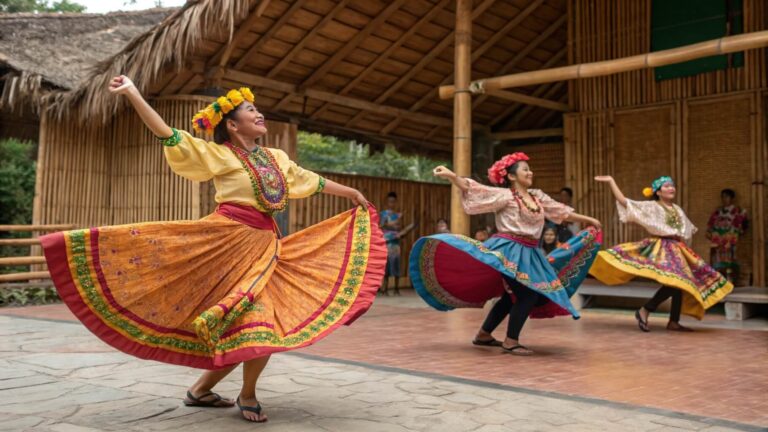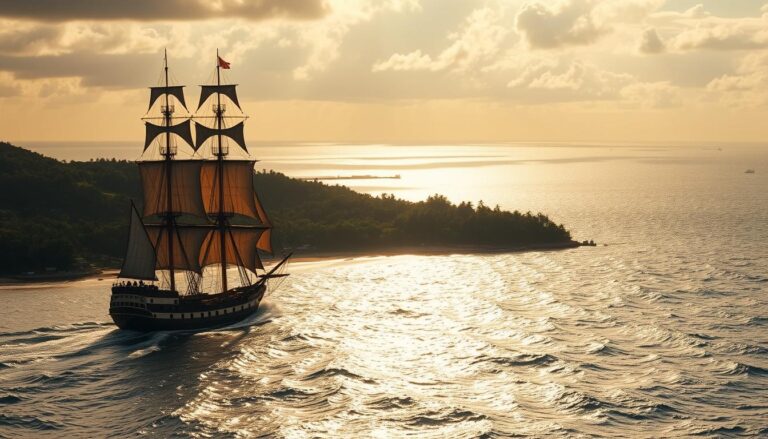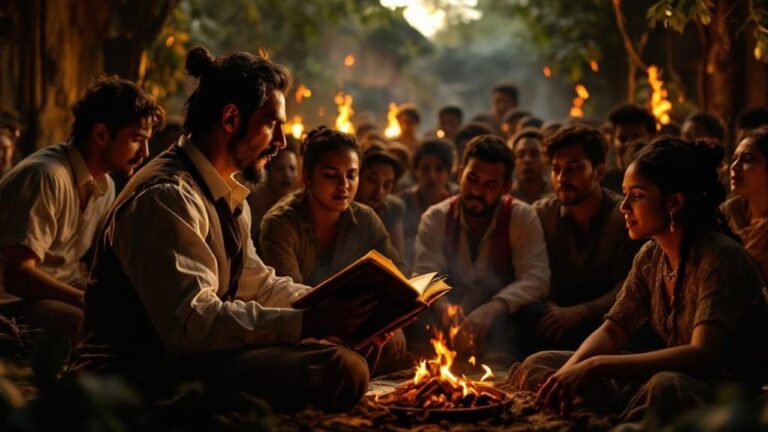Silk Road of the Sea: PH’s Luxury Textile Trade History
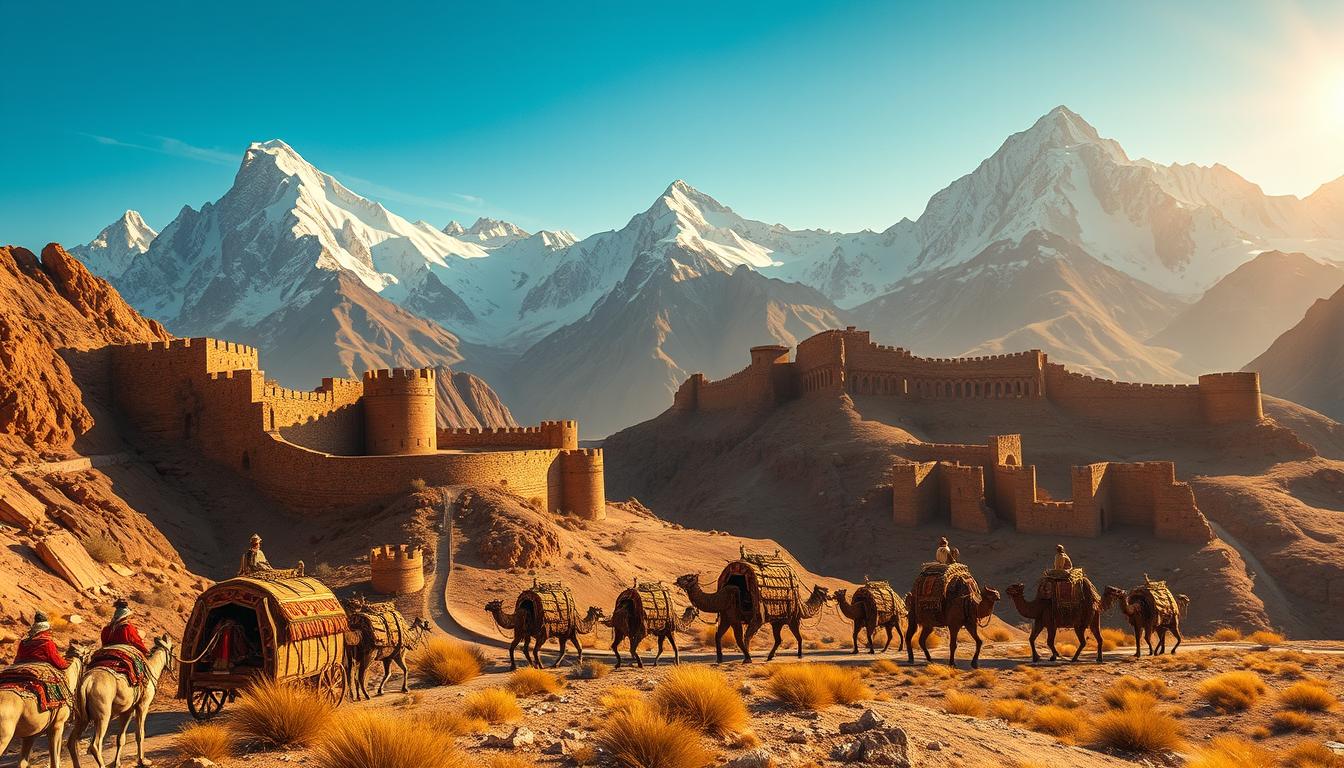
Centuries ago, vibrant fabrics traveled across oceans, connecting islands to distant lands. This maritime network shaped cultures and economies, much like the ancient Silk Road. In the Philippines, this exchange transformed local craftsmanship into a thriving industry, blending tradition with global influences.
Archaeological discoveries in Cebu reveal cotton cultivation long before colonial rule. Traders from China and Siam exchanged goods through bustling ports, creating a melting pot of techniques and materials. Silk, cotton, and intricate weaves became symbols of status and identity.
While Spanish policies later disrupted cotton production, the roots of this heritage remained. Today, traditional methods coexist with modern business practices. Government programs now support artisans, ensuring age-old skills adapt to contemporary markets.
This story isn’t just about fabrics—it’s about resilience. From ancient looms to today’s workshops, the journey reflects a nation’s ability to evolve while honoring its past. Let’s explore how this enduring craft continues to shape communities and inspire innovation.
Key Takeaways
- The Philippines played a key role in early global textile networks through maritime trade routes.
- Cotton and silk were central to cultural identity and economic growth before colonial disruptions.
- Traditional weaving techniques have survived through generations despite historical challenges.
- Modern initiatives blend heritage craftsmanship with sustainable business practices.
- Government support helps preserve textile arts while adapting to today’s market demands.
Historical Foundations: Maritime Trade Routes and Textile Heritage
The archipelago’s strategic location made it a crossroads for ancient maritime traders. Sailors from China, Vietnam, and Borneo navigated monsoon winds to exchange goods with coastal communities. This network became vital for moving rare dyes, abaca fibers, and cotton across Southeast Asia.
Seafaring Networks and Material Exchange
Early records show trade routes brought indigo from India and silk threads from China to Philippine shores. Local artisans blended these imports with native materials like pineapple fiber. A 10th-century shipwreck discovery in Palawan revealed:
| Local Materials | Imported Goods | Cultural Fusion |
|---|---|---|
| Abaca cloth | Chinese silk | Hybrid weaving patterns |
| Bark fiber | Indian cotton | New dye techniques |
| Rattan threads | Arab metal needles | Enhanced loom designs |
Weaving as Cultural Dialogue
Coastal weavers adapted foreign influences while preserving tribal identities. The T’boli people developed intricate beadwork using glass beads from Java. In Mindanao, geometric patterns evolved through contact with Islamic traders.
Spanish colonization later introduced European looms, but indigenous skills persisted. Today’s heritage preservation efforts draw from this mix of innovation and tradition. Modern artisans still use ancestral methods to create fabrics sought by global designers.
PH’s Luxury Textile Trade History: A Heritage Unveiled
A 2015 gathering of designers and historians sparked new life into fading traditions. The Philippine Textiles: The Future, Today conference became the turning point for reviving artisanal craftsmanship. “We’re not just preserving history—we’re rewriting its future,” declared PTRI Director Celia B. Elumba during her keynote address.
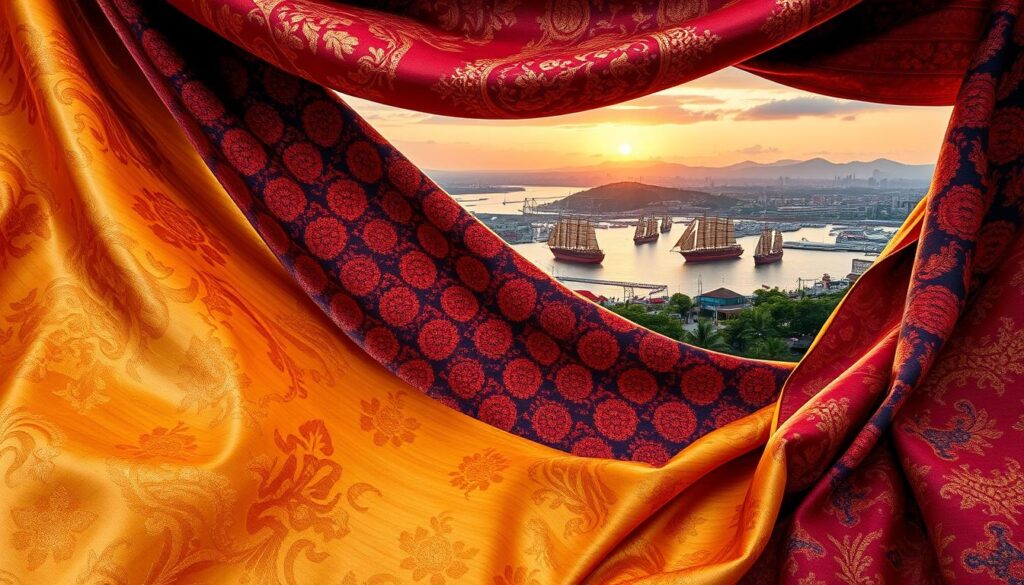
From Survival to Revival
Once struggling workshops now supply fabrics to luxury resorts and global retailers. Programs combine traditional skills with modern business training. Weavers learn financial management alongside natural dye techniques, creating market-ready products.
| Focus Area | Traditional Approach | Modern Innovation | Impact |
|---|---|---|---|
| Material Sourcing | Local plant dyes | Eco-processing methods | Higher fabric value |
| Skill Development | Oral teachings | Standardized training modules | Consistent quality |
| Market Access | Local barter | Digital platforms | Global reach |
Hands That Weave History
Ilocos artisans transformed inabel weaving into luxury home decor through projects like Balay ni Atong. Their success inspired collaborations across regions:
- Abra dyers creating vibrant threads for Manila designers
- Silk refiners in La Union producing softer fabrics
- Metro fashion houses blending heritage patterns with contemporary cuts
The “Salapid” showcase proved traditional textiles could command global attention. As one weaver noted: “Our grandmothers’ patterns now dress international runways.” This fusion of old and new keeps ancestral skills alive while meeting modern demands.
Modern Innovations and Government Initiatives
New technologies are transforming age-old practices into eco-conscious fabrics for global markets. The textile industry now blends ancestral skills with advanced methods, creating materials that meet modern demands while protecting ecosystems.
Breakthroughs in Sustainable and Smart Textiles
Dr. Julius L. Leaño, Jr. recently showcased bamboo-based fabrics at the 2024 World Ikat Symposium. These materials use 40% less water than cotton during production. Regional hubs now produce:
| Innovation | Traditional Material | Modern Application |
|---|---|---|
| Piña-Silk Blends | Pineapple fiber | Luxury evening wear |
| Abaca Nanofibers | Banana plant stalks | Medical textiles |
| Smart Ikat Weaves | Hand-dyed threads | Temperature-responsive clothing |
Public-Private Collaboration in R&D Programs
Over 50 partnerships between DOST-PTRI and universities have launched since 2022. “Our joint efforts prove tradition and technology can coexist,” notes Leaño. Projects focus on:
- Eco-friendly dye alternatives from local plants
- AI-powered loom efficiency tools
- Blockchain tracking for artisan products
Empowering Weaving Communities with Technology
Training centers teach weavers digital design software alongside handloom techniques. A recent program in Ilocos Norte helped artisans:
- Triple production speed using ergonomic tools
- Access international markets via e-commerce platforms
- Develop limited-edition fashion lines with Manila designers
“Technology lets us honor our roots while reaching new heights.” – DOST-PTRI training participant
These initiatives ensure traditional weaving remains vital in today’s world, creating opportunities without compromising heritage values.
Conclusion
The legacy of skilled hands continues to shape the country‘s creative identity. From ancient maritime exchanges to digital marketplaces, the story of local materials reveals a constant thread—innovation rooted in tradition.
Government partnerships and community groups prove heritage skills thrive when paired with modern training. Programs teaching eco-friendly techniques help artisans create value while preserving cultural homes. These efforts position the textile industry as both guardian and pioneer.
Opportunities now stretch beyond borders. Designers blend ancestral patterns with global fashion trends, while sustainable practices attract conscious consumers worldwide. The fusion of craft and business acumen builds resilience for tomorrow’s challenges.
Every thread spun today carries centuries of wisdom. By honoring this legacy while embracing change, the country weaves a future where culture and commerce strengthen communities. Let’s keep creating—one innovative stitch at a time.



